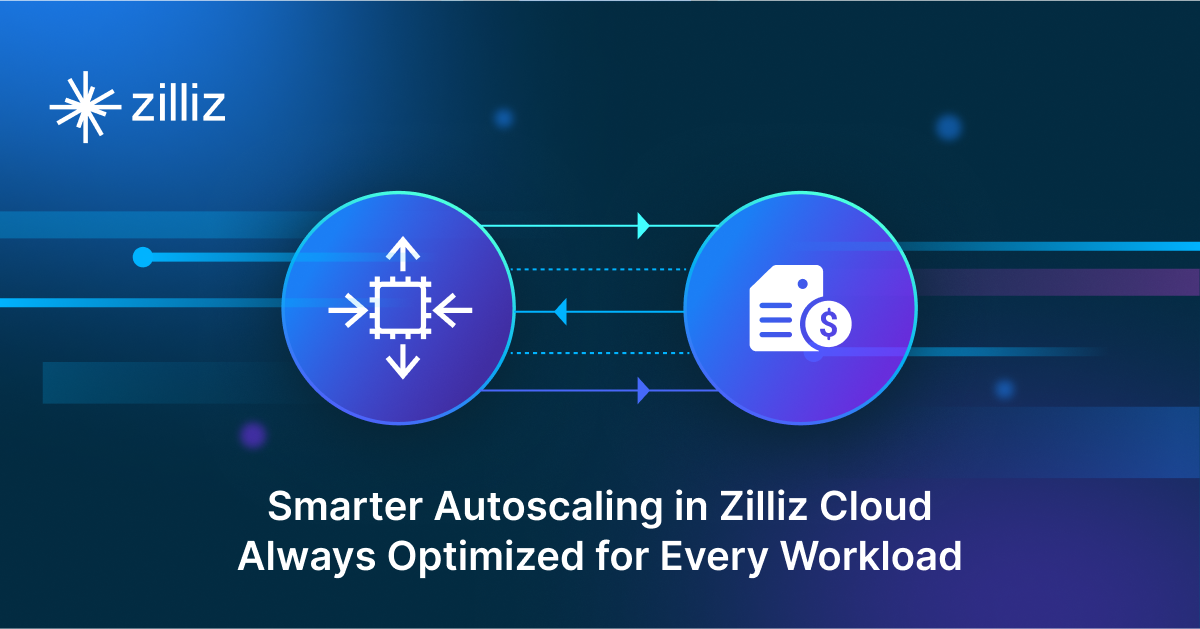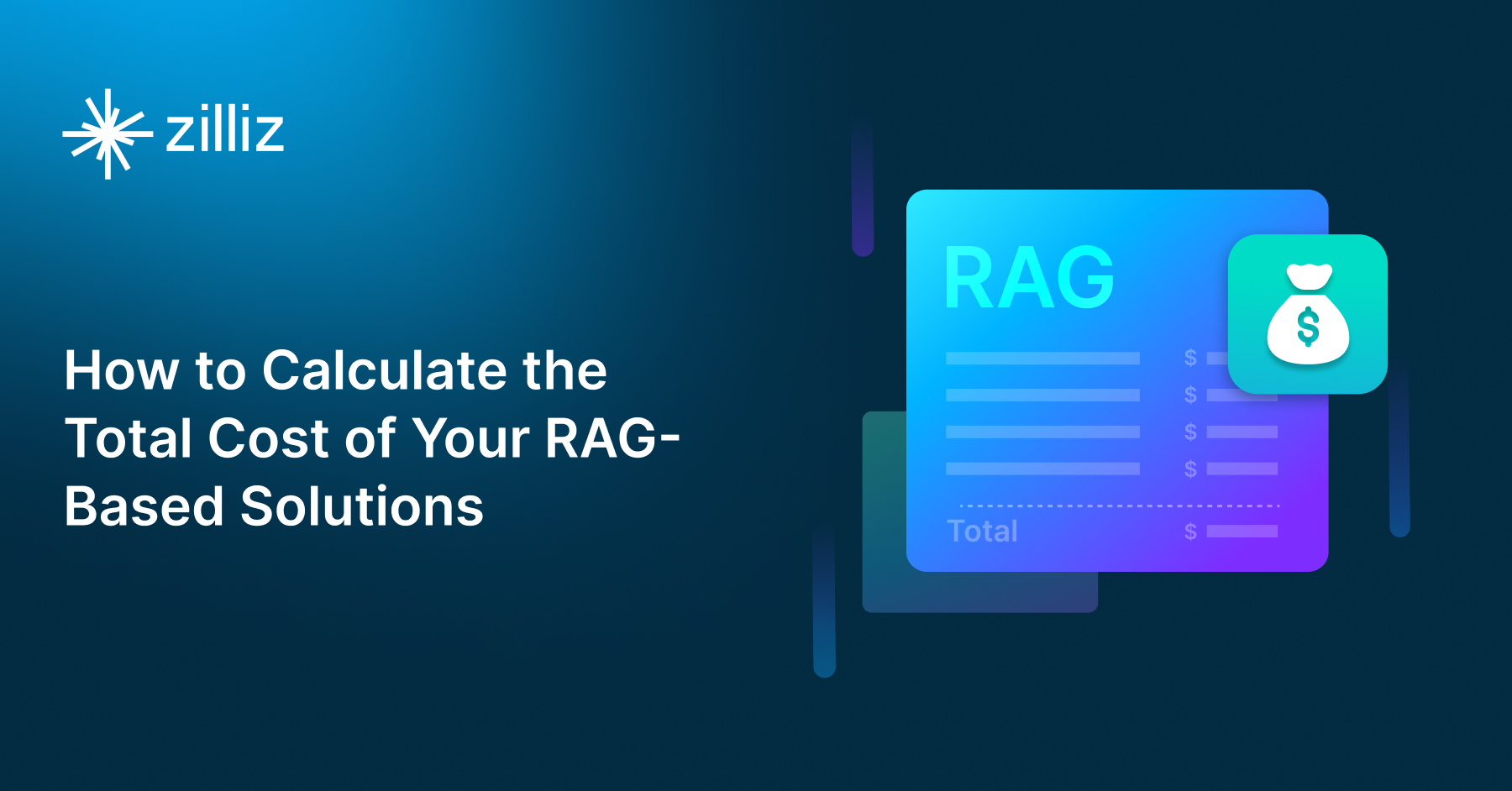Couchbase vs Kdb: Choosing the Right Vector Database for Your AI Apps

Couchbase vs TiDB: Choosing the Right Vector Database for Your AI Apps
What is a Vector Database?
Before we compare Couchbase and Kdb, let's first explore the concept of vector databases.
A vector database is specifically designed to store and query high-dimensional vectors, which are numerical representations of unstructured data. These vectors encode complex information, such as the semantic meaning of text, the visual features of images, or product attributes. By enabling efficient similarity searches, vector databases play a pivotal role in AI applications, allowing for more advanced data analysis and retrieval.
Common use cases for vector databases include e-commerce product recommendations, content discovery platforms, anomaly detection in cybersecurity, medical image analysis, and natural language processing (NLP) tasks. They also play a crucial role in Retrieval Augmented Generation (RAG), a technique that enhances the performance of large language models (LLMs) by providing external knowledge to reduce issues like AI hallucinations.
There are many types of vector databases available in the market, including:
- Purpose-built vector databases such as Milvus, Zilliz Cloud (fully managed Milvus)
- Vector search libraries such as Faiss and Annoy.
- Lightweight vector databases such as Chroma and Milvus Lite.
- Traditional databases with vector search add-ons capable of performing small-scale vector searches.
Couchbase is distributed multi-model NoSQL document-oriented database with vector search capabilities as an add-on. Kdb is a purpose-built time series database with vector search capabilities as an add-on.
Couchbase: Overview and Core Technology
Couchbase is a distributed, open-source, NoSQL database that can be used to build applications for cloud, mobile, AI, and edge computing. It combines the strengths of relational databases with the versatility of JSON. Couchbase also provides the flexibility to implement vector search despite not having native support for vector indexes. Developers can store vector embeddings—numerical representations generated by machine learning models—within Couchbase documents as part of their JSON structure. These vectors can be used in similarity search use cases, such as recommendation systems or retrieval-augmented generation both based on semantic search, where finding data points close to each other in a high-dimensional space is important.
One approach to enabling vector search in Couchbase is by leveraging Full Text Search (FTS). While FTS is typically designed for text-based search, it can be adapted to handle vector searches by converting vector data into searchable fields. For instance, vectors can be tokenized into text-like data, allowing FTS to index and search based on those tokens. This can facilitate approximate vector search, providing a way to query documents with vectors that are close in similarity.
Alternatively, developers can store the raw vector embeddings in Couchbase and perform the vector similarity calculations at the application level. This involves retrieving documents and computing metrics such as cosine similarity or Euclidean distance between vectors to identify the closest matches. This method allows Couchbase to serve as a storage solution for vectors while the application handles the mathematical comparison logic.
For more advanced use cases, some developers integrate Couchbase with specialized libraries or algorithms (like FAISS or HNSW) that enable efficient vector search. These integrations allow Couchbase to manage the document store while the external libraries perform the actual vector comparisons. In this way, Couchbase can still be part of a solution that supports vector search.
By using these approaches, Couchbase can be adapted to handle vector search functionality, making it a flexible option for various AI and machine learning tasks that rely on similarity searches.
Kdb: Overview and Core Technology
KDB is a time series database designed for real-time data processing without needing GPUs. It handles raw data, generates vector embeddings, stores them, and runs similarity searches in real time. Its multi-modal performance supports various data types and use cases, integrating streaming, embedding generation, vector database functionality, raw data handling, time-series processing, and analytics into a unified solution. This comprehensive approach simplifies the technology stack for developers and makes KDB adaptable across different applications.
One of KDB's key features is dynamic indexing, which allows flexible selection of vector embeddings for similarity searches without rigid index restrictions. This leads to faster and more flexible search capabilities. KDB supports re-encoding across datasets, enabling cross-dataset similarity searches by re-encoding and storing raw data with different dimensions. For time-series data, KDB offers unique similarity search capabilities even without embedding generation, providing versatility for both fast- and slow-changing datasets.
KDB enhances its vector search capabilities by allowing developers to combine vector similarity searches with traditional database queries through the use of filters, which apply custom constraints based on search parameters. It supports multiple search methods, each offering unique trade-offs. These include Flat and qFlat for exhaustive searches of exact nearest neighbors, HNSW for efficient graph-based traversal, IVF for faster but less precise cluster-based searches, and IVFPQ for improved memory efficiency and speed through compression.
The newly introduced qHNSW index addresses limitations of existing vector indices by allowing on-disk storage with memory-mapped access. This provides improved scalability for large datasets, reducing memory footprint during data inserts and offering incremental disk access during searches. qHNSW is more cost-effective due to on-disk storage and allows users to create and search multiple indexes simultaneously, limited only by available disk space rather than memory constraints. This flexibility in choosing between in-memory and on-disk indexes in KDB.AI enables developers to optimize their applications based on specific needs and available resources.
Key Differences between Couchbase and Kdb for Vector Search
Search Methodology:
Couchbase offers multiple approaches for vector search. It can adapt its Full Text Search (FTS) for vector data by converting vectors into searchable fields, or store raw vector embeddings for application-level similarity calculations. Kdb, on the other hand, provides built-in vector search capabilities with multiple methods including Flat, qFlat, HNSW, IVF, and IVFPQ. Kdb's dynamic indexing allows flexible selection of vector embeddings without rigid index restrictions.
Data Handling:
Couchbase excels in handling JSON documents, allowing storage of vector embeddings within JSON structures. It's suitable for semi-structured data and combines features of relational and NoSQL databases. Kdb is designed for multi-modal performance, supporting various data types including raw data, vector embeddings, and time-series data. It can handle streaming data, generate embeddings, and process time-series efficiently.
Scalability and Performance:
Couchbase is described as a distributed database suitable for cloud, mobile, AI, and edge computing. Kdb is noted for its high performance in real-time data processing without needing GPUs. It offers improved scalability with its qHNSW index, which allows on-disk storage with memory-mapped access, reducing memory footprint and enabling multiple simultaneous index searches.
Flexibility and Customization:
Couchbase offers flexibility in implementing vector search through various approaches, including integration with external libraries. Kdb provides flexibility through its multi-modal approach, supporting various data types and use cases. It allows combining vector similarity searches with traditional database queries using filters and offers multiple search methods with different trade-offs.
Integration and Ecosystem:
Couchbase can be integrated with specialized libraries for vector search. Kdb integrates streaming, embedding generation, vector database functionality, raw data handling, time-series processing, and analytics into a single solution, potentially simplifying the technology stack for developers.
When to Choose Each Technology
Couchbase:
Choose Couchbase when you need a flexible NoSQL database that can handle JSON documents with vector embeddings. It's suitable for cloud, mobile, AI, and edge computing applications that require vector search capabilities. Couchbase is a good choice if you want to implement vector search using different approaches, such as adapting Full Text Search, performing application-level calculations, or integrating with specialized libraries. It's ideal for projects that need to combine traditional document storage with vector similarity searches, especially for recommendation systems or retrieval-augmented generation based on semantic search.
Kdb:
Choose Kdb when you're working with time-series data and need real-time processing capabilities without GPUs. It's the better option for applications that require handling raw data, generating vector embeddings, and running similarity searches all in real-time. Kdb is suitable for use cases that need multi-modal performance across various data types, including streaming data and time-series. It's ideal when you need to perform cross-dataset similarity searches or when dealing with both fast- and slow-changing datasets. Kdb is also a good choice when you need to combine vector similarity searches with traditional database queries, or when you require flexible indexing options including on-disk storage for large-scale vector search operations.
While this article provides an overview of Couchbase and Kdb, it's key to evaluate these databases based on your specific use case. One tool that can assist in this process is VectorDBBench, an open-source benchmarking tool designed for comparing vector database performance. Ultimately, thorough benchmarking with specific datasets and query patterns will be essential in making an informed decision between these two powerful, yet distinct, approaches to vector search in distributed database systems.
Using Open-source VectorDBBench to Evaluate and Compare Vector Databases on Your Own
VectorDBBench is an open-source benchmarking tool designed for users who require high-performance data storage and retrieval systems, particularly vector databases. This tool allows users to test and compare the performance of different vector database systems such as Milvus and Zilliz Cloud (the managed Milvus) using their own datasets and determine the most suitable one for their use cases. Using VectorDBBench, users can make informed decisions based on the actual vector database performance rather than relying on marketing claims or anecdotal evidence.
VectorDBBench is written in Python and licensed under the MIT open-source license, meaning anyone can freely use, modify, and distribute it. The tool is actively maintained by a community of developers committed to improving its features and performance.
Download VectorDBBench from its GitHub repository to reproduce our benchmark results or obtain performance results on your own datasets.
Take a quick look at the performance of mainstream vector databases on the VectorDBBench Leaderboard.
Read the following blogs to learn more about vector database evaluation.
Further Resources about VectorDB, GenAI, and ML
- What is a Vector Database?
- Couchbase: Overview and Core Technology
- Kdb: Overview and Core Technology
- Key Differences between Couchbase and Kdb for Vector Search
- When to Choose Each Technology
- Using Open-source VectorDBBench to Evaluate and Compare Vector Databases on Your Own
- Further Resources about VectorDB, GenAI, and ML
Content
Start Free, Scale Easily
Try the fully-managed vector database built for your GenAI applications.
Try Zilliz Cloud for FreeKeep Reading

Smarter Autoscaling in Zilliz Cloud: Always Optimized for Every Workload
With the latest upgrade, Zilliz Cloud introduces smarter autoscaling—a fully automated, more streamlined, elastic resource management system.

How to Calculate the Total Cost of Your RAG-Based Solutions
In this guide, we’ll break down the main components of RAG costs, show you how to calculate these expenses using the Zilliz RAG Cost Calculator, and explore strategies to manage spending efficiently.

Building Secure RAG Workflows with Chunk-Level Data Partitioning
Rob Quiros shared how integrating permissions and authorization into partitions can secure data at the chunk level, addressing privacy concerns.
The Definitive Guide to Choosing a Vector Database
Overwhelmed by all the options? Learn key features to look for & how to evaluate with your own data. Choose with confidence.